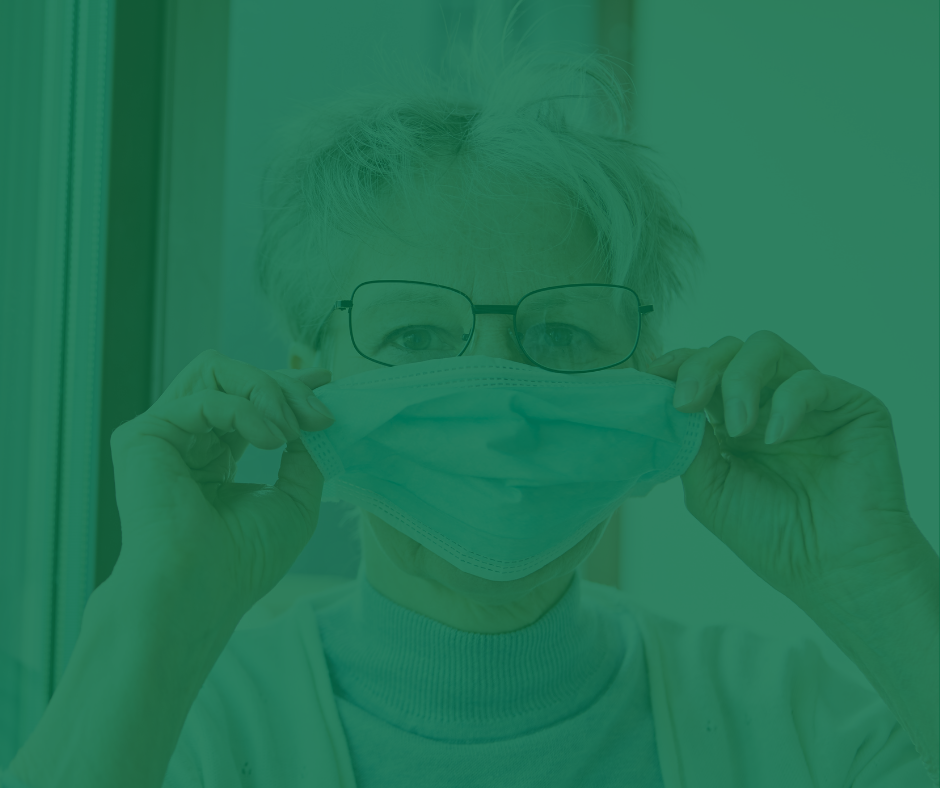
Can COVID-19 Be Spread through Airborne Transmission
New Findings Show that COVID-19 May Be Spread through Airborne Transmission - Camfil USA Air Filters
In contrast to previous statements, which emphasized evidence that COVID-19 spreads primarily through respiratory droplets during close contact with an infected person, the World Health Organization (WHO) has acknowledged that “airborne transmission through respiratory aerosols could not be ruled out in crowded and poorly ventilated settings.”
The CDC has reported that virus appears to spread in one of the following four ways in most cases:

Person-to-person in close contact with one another.
Through large respiratory droplets inhaled or deposited on mucous membranes when a nearby infected person coughs, sneezes, sings, talks, or even breathes.
Airborne through smaller droplet nuclei or aerosols.
Contacting contaminated surfaces.
Two of the routes involve airborne transmission via respiratory droplets. But the size of droplets is highly variable, meaning that some settle on surfaces while others remain suspended in the air for longer periods of time. These smaller droplets, or aerosols, can consequently be carried further away from their source, expanding the radius of infection risk around an infected person.
How to Mitigate COVID-19 Risk with Air Filtration.
Read Camfil’s full recommendations here.
Consider other pathogens and health risks. COVID-19 is not the only virus carried by respiratory droplets, but in the case of other, better-researched viruses, a 0.5-micron size aerosol particle is likely capable of containing a sufficient quantity of viruses to be considered a risk.
Because of the variable size of potentially infected droplets, air filtration experts from Camfil USA recommend using systems and air filters that have a higher likelihood of capturing both droplets and aerosols that exist outside the social distancing zones before the contaminants make contact with healthy people. In other words, go with the highest efficiency air filter your HVAC system and budget can handle.
Increase outdoor air ventilation so that the percentage of air recirculated is lower, as recommended by ASHRAE (American Society of Heating, Refrigerating, and Air-Conditioning Engineers).
Evaluate exhaust air for possible re-entrainment and investigate natural ventilation as a means to dilute any virus particles.
Implement different solutions for areas with different levels of risk. Experts from Camfil recommend an air filter rated MERV-15A or higher if possible for standard risk areas. Contact an air filtration expert for help finding the right solution for your specific needs.
About Camfil Clean Air Solutions
For more than half a century, Camfil worldwide has been helping people breathe cleaner air. As a leading manufacturer of premium clean air solutions, we provide commercial and industrial systems for air filtration and air pollution control that improve worker and equipment productivity, minimize energy use, and benefit human health and the environment. During the COVID-19 pandemic, Camfil has been applying their decades of experience in biosafety containment, healthcare, and other sectors of the air filtration industry to provide technological solutions for the public as well as in hospitals and healthcare facilities. To get in touch with a local Camfil consultant, please click here.
Media Contact:
Lynne Laake
T: 888.599.6620
F: Friend Camfil USA on Facebook
T: Follow Camfil USA on Twitter
Y: Watch Camfil Videos on YouTube
L: Follow our LinkedIn Page